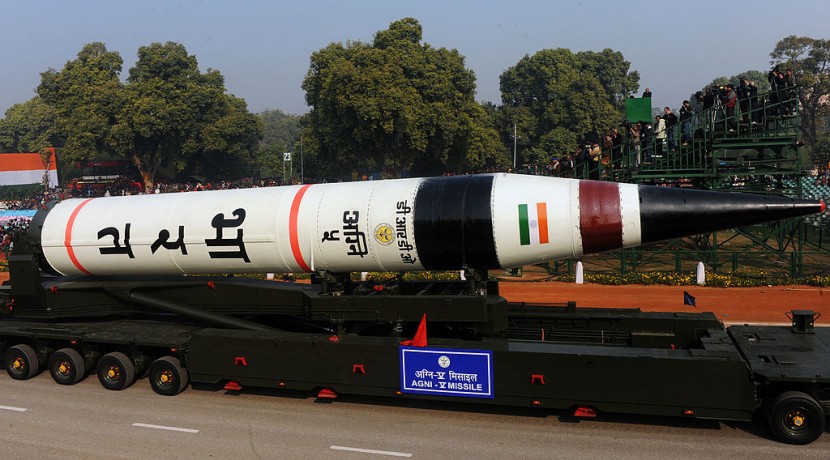
The clash over the Ladakh border might be fought with nuclear weapons as India tests several kinds of missile systems, but some can have a nuclear warhead armed.
Several types of these missiles land launched missiles to submarine deployed systems like those in the Peoples Liberation army. But the most fearsome is the hypersonic missile that travels at Mach 5+; that is almost unstoppable.
India tests its missile systems
India seems to be getting the gap closer to the Peoples Liberation Army Rocket Force with the development done in the past year. Delhi is mulling if the no first use policy (NFU) will be disregarded as the threat is imminent or not, reported the EurAsian Times.
Several of these next-generation weapons of mass destruction have been tried out. Last December 22, the Pralay SRBM (short-range ballistic missile), which has a 350 to the 500-kilometer range, will affect the land battle in the future.
On the 18th of December, a second test of the weapon called re Agni-P middle-range ballistic missile that, according to Delhi, is the next-gen projectile; capable of nuclear arming, which is a leap in the technology of India defense, cited News Nine.
Most of the older, shorter-ranging missiles of older tech will be upgraded with backward integration technologies.
Agni-P is a short-range missile (SRM) to have the tech of the newer Agni-IV and V ballistic missiles nuclear weapons. Set to be the only older Agni series left in service, they might be fired due to actions on the Ladakh border.
Read Also: Border Flashpoint Between India and China Shows Chinese Camps Emptying in Satellite Images
The new Agni-V tested last October is an intermediate-range ballistic missile with a distance of 5,500 kilometers or more, but some experts put the range at 8,000 kilometers armed with a 1.5 tonner warhead.
But unlike Agni-previous V's 5 trials, this was fired in full operational configuration by the Strategic Forces Command, and it was launched at night was the first time.
All these missile tests are done under canisterization of how the missiles were tested. That might be a change considered on the NFU policy of India with Nukes.
Canisterization
Missiles are now in canisters that hold them until use, keeping the system intact from the elements to make them easy to transport for deployment. Like most land forces today, it streamlines the need except to fire via a supported launch.
It allows an army to set up and launch at a moment's notice to quicken the pace of firing fast as needed.
There is an advantage over assembling a component that the India Strategic Forces used to do, with missiles and warheads. But the nuclear warhead will be kept separately from normal deployment.
Weapon of last resort, the enemy launches such weapons toward India. But the NFU does stay in place despite the quickness that nuke-tipped missiles could be pre-stored and fired in a heartbeat if wanted.
Delhi, according to experts, is opting for ready-to-fire 'canisterized' nuclear weapons that can be counter launched faster than ever. Another is nations look for activity connected to deployment, which is visible and predictable.
The Ladakh border dispute has made the option of ready to fire nuclear weapons a real danger as India is not resting; it sees China moving that gives the canister missile a deterrent factor.








